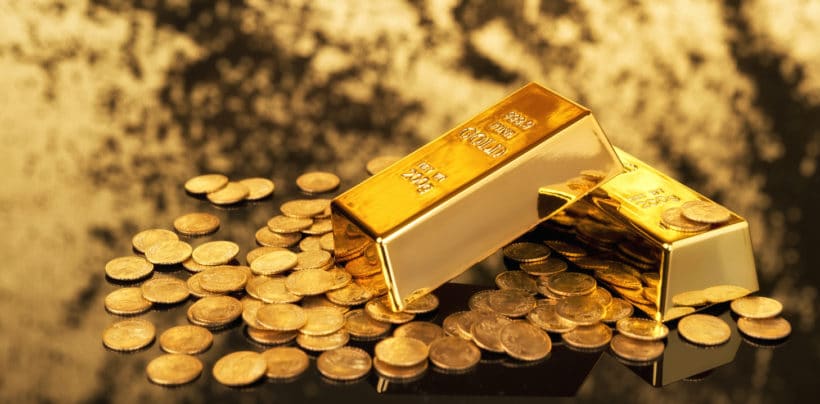
Gold prices could close the year as much as 10% above current levels on the back of potential interest rate cuts, UBS strategists said, despite declines at the start of 2024.
A UBS note on Friday described recent price moves as “minor” in the context of the precious metal’s 15% climb through 2023 and said the “power of the [Federal Reserve]’s policy pivot should not be underestimated.”
Bullion remains above the psychological level of $2,000 per ounce, the UBS strategists said, forecasting a rise to $2,250 per ounce by the end of the year, despite near-time volatility.
Analysts at Scotiabank retained a more cautious outlook, but revised their price guidance higher. In a Monday note, they said they had adopted higher gold and silver prices for this and next year, and moved their year-end gold forecast to $2,000 per ounce, from $1,900 per ounce, previously.
Gold prices can be impacted by factors including geopolitical instability and market uncertainty — which can boost the appeal of bullion as a “safe haven” asset — and interest rates, which can make higher-yielding investments more attractive when they are raised.
Markets are increasingly uncertain that the Fed will begin interest rate cuts in March. Current pricing drops the probability at around 48%, according to CME’s FedWatch tool, down from as high as 81% just over a week ago. That’s with two key releases on U.S. fourth-quarter economic growth and the personal consumption expenditures price index still to come this week.
Investors are also monitoring coming monetary policy meetings at the Bank of Japan on Tuesday and European Central Bank on Thursday.
Gold hit several record highs late last year and notched a record close of $2,078 per ounce, according to the World Gold Council. Analysts tied the rise to interest rate expectations and the global volatility stemming from the Israel-Hamas conflict.
Spot gold was down 0.26% to $2,024 at 1 p.m. London time on Monday.
Central banks have also been a major buyer of gold in 2022 and 2023, as they diversify their reserves.
That is on the back of an expectation for 100 basis points of Fed cuts, beginning in May, “putting pressure on the US dollar and real interest rates, which should spark fresh demand, particularly from exchange-traded gold funds,” according to the UBS note.
“Ongoing macro and elevated geopolitical risks continue to justify holding exposure to gold for hedging and diversification purposes, in our view,” UBS said.
— CNBC’s Jeff Cox contributed to this story

